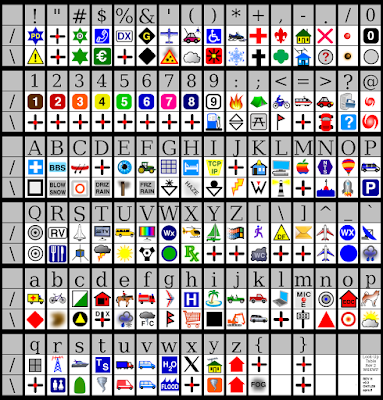Physics 9B Practice Final Problem #5
Two volumes A and B of ideal gas with NA and NB molecules respectively are separated by a piston that is free to move while the total volume V = VA + VB is constant. Both gases are in contact with a heat reservoir at a fixed temperature T.
For each volumes of gas A and B, the multiplicity depends on the volume according to
ωA = aVANA
ωB = bVBNB
with a and b independent of VA and VB . After the piston comes to equilibrium, what is the pressure in the gas? Express it in terms of k, V, NA, NB, T, a, and b. Do the problem using the given information and the ideas of statistical mechanics. There are at least a couple ways to do the problem. If you want to use the equation of state, you must derive it from the information given above and general results on the properties of entropy.
Question so kindly provided by Joe Kiskis
Edit: Simply put, this is all wrong. It doesn't even help you, so ignore it.
Like all of the statistical mechanics problems for this class, the proofs just feel like I'm making stuff up until the needed variable happens to be by itself on one side.
For this one, we're going to use:
Note: The correct answer is P = kT(NA+NB)⁄V, which you can totally see in my answer, but I don't know how to get there from here.
For each volumes of gas A and B, the multiplicity depends on the volume according to
ωA = aVANA
ωB = bVBNB
with a and b independent of VA and VB . After the piston comes to equilibrium, what is the pressure in the gas? Express it in terms of k, V, NA, NB, T, a, and b. Do the problem using the given information and the ideas of statistical mechanics. There are at least a couple ways to do the problem. If you want to use the equation of state, you must derive it from the information given above and general results on the properties of entropy.
Question so kindly provided by Joe Kiskis
Edit: Simply put, this is all wrong. It doesn't even help you, so ignore it.
For this one, we're going to use:
- S=k ln(ω)
- ∂S⁄∂V|U = P⁄T
- S = k ln[abVANAVBNB]
- Substitute in the equations for ω
- S = k ln[ab(V−VB)NA(V−VA)NB]
- Put in terms of V
- ∂S⁄∂V = abk [NA(V−VB)NA−1(V−VA)NB + NB(V−VA)NB−1(V−VB)NA] ⁄ [ab(V-VB)NA (V−VA)NB]
- Take partial with respect to V
- ∂S⁄∂V = k[NA(V−VA)+NB(V−VB)]⁄[(V−VB)(V−VA)]
- Just simplified
- P⁄T = k[NA(V−VA)+NB(V−VB)]⁄[(V−VB)(V−VA)]
- Substitute in ∂S⁄∂V|U = P⁄T, assuming that we're at equilibrium so U really is constant.
- P = kT[NA(V−VA)+NB(V−VB)]⁄[(V−VB)(V−VA)]
- Solve for P
Note: The correct answer is P = kT(NA+NB)⁄V, which you can totally see in my answer, but I don't know how to get there from here.

